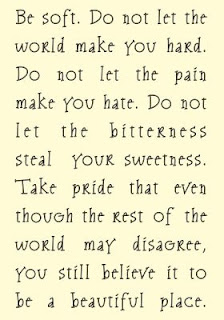“Pink slime”? Worm meat? Fillers? You’ve been talking about McDonald's beef so we’ve opened the doors to Cargill, one of our U.S. beef suppliers. Follow Grant Imahara as he gets answers about the beef we use for your burgers.
CNBC News
written by Katie Little
Monday October 13, 2014
Are there lips and eyeballs in McDonald's beef? At what point does the fast-food giant inject the pink slime?
These are just two of the questions McD's answers as part of a new YouTube video series aimed at quashing these and other misconceptions about its meat quality.
"There's no pink slime in any of our meat—not our beef, not our chicken, none of it," says Rickette Collins, the company's director of strategic supply.
During the videos, one person says McDonald's 100 percent beef campaign makes him wonder what ingredients the chain used before. Another asks whether the chain sells real food. A third wants to know why the fries are so good. What part of the chicken is a chicken nugget, asks another.
Like many in the industry, McDonald's has discontinued the use of "pink slime" (lean beef trimmings treated with ammonia) in its burgers, but questions about its use have persisted.
The videos are the latest move in McDonald's campaign to emphasize the quality of its food amid continued queries about its ingredients. On its homepage, it lists the answers to several more perennial diner questions, such as "Why doesn't your food rot?"
This emphasis on quality comes as the chain attempts to turn around its U.S. unit. During the second quarter, comparable sales shrank 1.5 percent. Negative trends persisted in July and August, and the chain recently ranked last for taste in Consumer Reports' burger rankings.
To answer readers' food questions, McDonald's recruited Grant Imahara, who starred in the TV series "MythBusters" for a decade. Imahara travels to Cargill, a U.S. beef supplier for McDonald's. While there, he highlights the big chunks of beef that constitute what the industry calls "beef trimmings" used in McDonald's burgers. He also asks whether wood pulp is added to the mix.
"Beef in and beef out," Collins said. "Nothing else is added."
After seeing the meat go through the inspection stage, the grinder and the patty formulation area, he views the freezing process.
Manoah Crane, a food safety, quality and regulatory technician at Cargill, explains that the faster flash-freezing process helps retain the beef flavor.
"What it does is it locks in the flavor, the texture, the consistency and then once it's finally cooked up, it will be a lot more juicy," Crane says.
McDonald's also sheds light on why its food is so inexpensive. Nicole Johnson-Hoffman, a vice president at Cargill, explains the economies of scale in simple terms for the chain that serves 27 million people a day.
"[T]hey buy in bulk," she says.
At the end of one video, Imahara tries out a Big Mac for himself—something he hasn't done in 15 years—and speaks highly of it.





































No comments:
Post a Comment